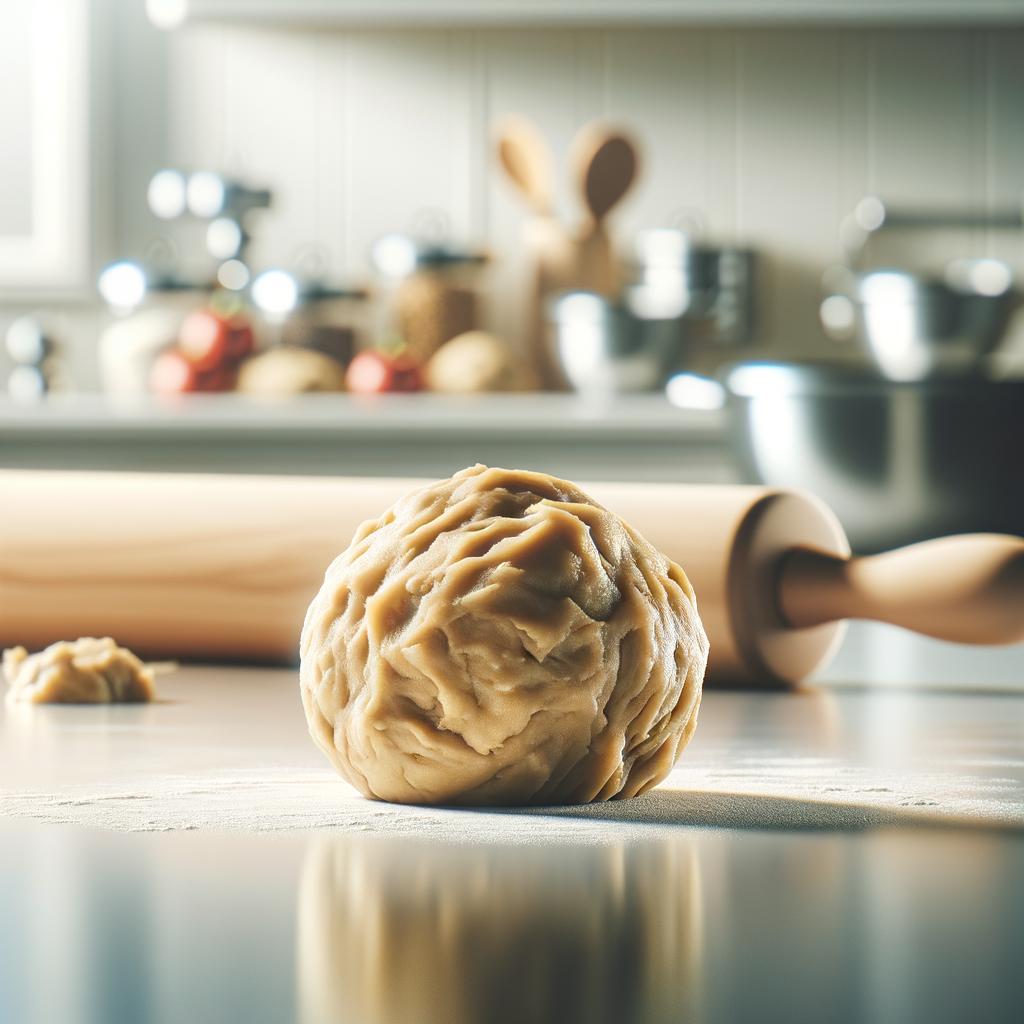Cookie Dough

Description
Cookie dough, a delightful and versatile ingredient, is the uncooked batter that is used to create the ever-popular and comforting cookies. It has a soft, sticky texture that can range from dense to fluffy, depending on the recipe. The flavor profile of cookie dough is typically sweet and buttery, often punctuated by the crunch of sugar crystals and the smooth richness of vanilla. It is the canvas on which other flavors such as chocolate chips, nuts, or dried fruits are painted. What sets cookie dough apart from other doughs is its delightful taste even before it's cooked, which has led to its use in a variety of uncooked dishes such as ice creams and dessert dips.
Primary Uses
While the primary use of cookie dough is to bake cookies, it has found its way into a wide variety of other culinary applications. It is often used as a filling or topping in desserts, folded into ice creams, or mixed into milkshakes. It can also be enjoyed raw, often in the form of cookie dough bites or truffles. In recent years, edible cookie dough, which is made without eggs and with heat-treated flour to make it safe to eat raw, has gained popularity. Beyond the culinary world, cookie dough is also a symbol of comfort and home, often associated with warm memories of baking with loved ones.
History
The history of cookie dough is intertwined with the history of the cookie, which dates back to 7th century Persia. Originally, cookies were small test cakes bakers used to check their oven temperature. The cookie dough as we know it today, however, didn't become popular until the 1930s, when Ruth Wakefield of the Toll House Inn in the United States added chunks of a chocolate bar to her cookie dough, inadvertently creating chocolate chip cookies. Since then, the popularity of cookie dough has soared, both as a baking ingredient and a standalone treat. There are even urban legends that eating raw cookie dough brings good luck!
Nutritional Information
Cookie dough, while undeniably delicious, is a treat to be enjoyed in moderation due to its high sugar and fat content. It is rich in carbohydrates and provides a good amount of energy. Traditional cookie dough contains raw eggs and flour, which can pose health risks if consumed raw due to the potential presence of salmonella and E. coli. However, the recent trend of edible cookie dough uses pasteurized eggs or no eggs at all, and heat-treated flour, making it a safer option for raw consumption. Compared to other doughs, cookie dough tends to be higher in sugar and fat, reflecting its role as a dessert ingredient rather than a staple food. Despite its indulgent nature, cookie dough can also be made healthier by using whole grain flours, reducing sugar, and incorporating nutritious add-ins like nuts and dried fruits.

